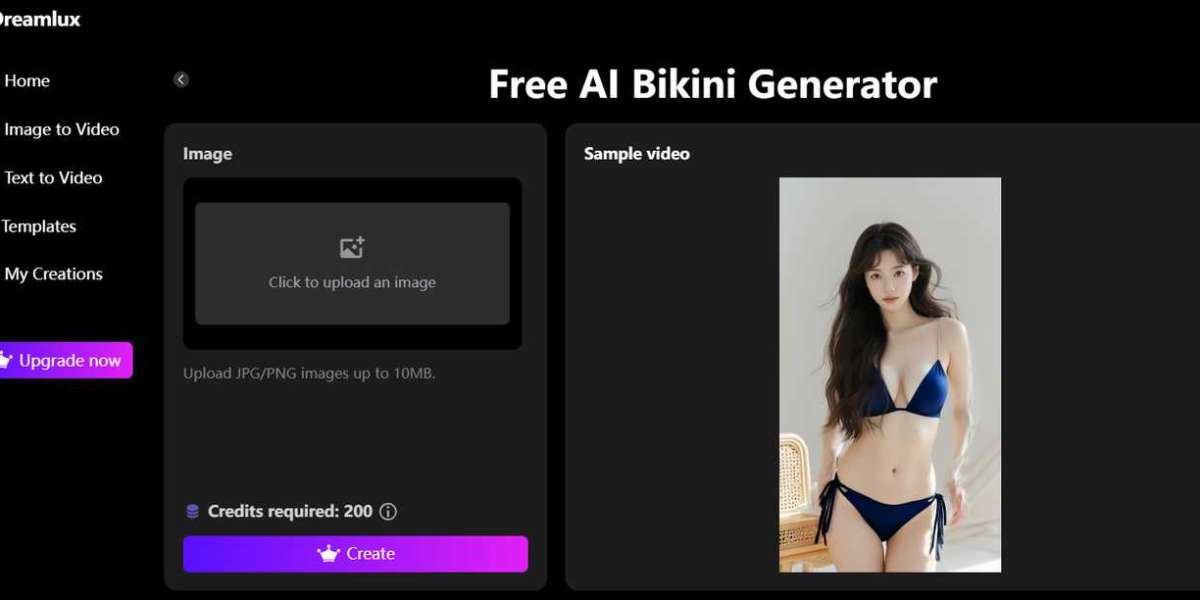The Detroit Police Department (DPD) is under intense scrutiny once again following revelations of another wrongful arrest linked to faulty facial recognition technology. The controversy surrounds the arrest of Porcha Woodruff, an African American woman who was eight months pregnant at the time she was falsely accused of robbery and carjacking. This incident marks the sixth report of a wrongful arrest attributed to this technology, with all victims being African Americans, highlighting significant racial biases inherent in these systems. Despite her evident pregnancy, which made the charges appear immediately dubious, Woodruff was subjected to the distressing process based on flawed data. This pattern of wrongful arrests has sparked outrage, most notably because Woodruff is the first woman to come forward about such an experience with the DPD. The lack of reliability in facial recognition technology and its deployment raises serious concerns about racial bias and the potential for gross injustices. Robert Williams, represented by the ACLU of Michigan and the University of Michigan Law School’s Civil Rights Litigation Initiative, also remains embroiled in legal action against the DPD under similar circumstances. Phil Mayor, a Senior Staff Attorney at the ACLU of Michigan, expressed his dismay over the continued reliance on a system with evident systemic flaws that cause devastating consequences for innocent people. Research consistently highlights that facial recognition algorithms tend to have higher error rates for darker-skinned individuals, which disproportionately affects marginalized communities. Critics argue for an immediate halt to the use of such technology until it can be proven unbiased and accurate. This has fueled public demands for the DPD to practice greater transparency and accountability in technology deployment. Mayor further pressed for an end to the DPD's obfuscation of its technology's failures, arguing that the department should not hide its misconduct while subjecting Detroit residents to indiscriminate surveillance. As the legal process unfolds, there is growing pressure on the Detroit Police Department to reassess its approach to facial recognition technology and its broader implications on civil rights and public safety. As debates over the ethical use of AI technologies continue, there is a pressing need for law enforcement agencies to balance technological advancements with the protection of individual liberties. The Future of AI in Video Content Creation We’re in an era where video content isn’t just popular—it’s essential. Whether you're growing a brand, entertaining an audience, or building a digital persona, visually engaging content is what makes you stand out. But let’s face it: creating professional-quality videos the old-fashioned way can be slow, expensive, and complicated. That’s where AI video Generator (https://dreamlux.ai) steps in to shake things up. AI-powered video tools are making it easier than ever to turn ideas into dynamic visuals. With just a prompt or an image, creators can now generate animations, transitions, voiceovers—and even entire scenes—without touching a single editing timeline. Tools like Dreamlux (https://dreamlux.ai) are paving the way, letting users produce cinematic results in minutes, no film crew required. But beyond automation and efficiency, AI is also opening up entirely new creative possibilities. Step Into the World of AI Bikini Generator One such example is the growing use of AI Bikini Generator (https://dreamlux.ai/templates/ai-bikini-generator)—a niche yet increasingly popular tool in the realm of character design, digital fashion, and visual storytelling. These generators leverage advanced image synthesis models to reimagine characters in stylized swimwear, based on existing artwork, reference images, or text descriptions. For designers working on summer-themed campaigns, animation studios crafting seasonal episodes, or game developers designing customizable avatars, AI bikini generators offer a quick and efficient way to explore aesthetic variations without redrawing from scratch. It’s not just about novelty—it’s about expanding creative flexibility. These tools allow for rapid prototyping of character outfits, exploration of mood and setting, and even stylistic experimentation across different artistic directions. As AI continues to evolve, it’s not just speeding up workflows—it’s reshaping the entire creative process, giving artists and storytellers more tools to express, iterate, and innovate. 图片: https://fluenty.turingsynimages.work/seo/aiBikini.PNG How to use Dreamlux to generate an AI Bikini Video? Follow these steps to create a stylish AI Bikini Video using Dreamlux.ai: • Go to the official Dreamlux.ai (https://dreamlux.ai) and click on "Templates" • Choose "Free AI Bikini Generator" from the available options • Upload an image of the person or character you want to transform into a beach-ready version • Click "Create" and let the AI Bikini Generator do the rest—your customized video will be ready in minutes Dreamlux makes it easy to bring your concept to life with a professional, AI-generated twist.
- New Joined Students
-

It is a long established fact that a reader will be distracted by the readable content of a page when looking at its layout The point of using Lorem Ipsum.
Contact Us
© 2025 StudentInsta. All rights reserved.
 Meet Ups
Meet Ups
 Experiences
Experiences
 Learning Center
Learning Center
 Accommodation
Accommodation
 Roomie
Roomie
 Ride
Ride
 Spread the Word
Spread the Word
 Student Bazaar
Student Bazaar
 Jobs
Jobs
 Blogs
Blogs
 Sur StudentInsta
Sur StudentInsta
